Fixing a Tesla Powerwall that isn’t charging
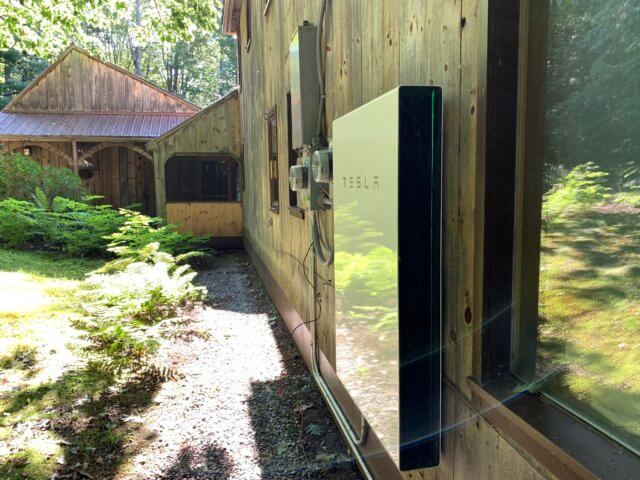
Why GMP subsidizes Powerwall installation
Given that an installed Powerwall costs about $10,000, you might be wondering why GMP installed mine for only $1,500. The answer is that they have the right to suck power out of it when there’s a system-wide power consumption peak. With several thousand Powerwalls like mine currently installed around Vermont, these combined units can supplement conventional power sources with tens of megawatts of power, reducing GMP’s need to buy expensive peak power.
I get automatic reliable power when the line power to my house is interrupted. GMP gets lower power purchase costs. Win-Win!
How the Powerwall has worked so far
My Powerwall has worked perfectly for eighteen months. In that time it’s taken us through 43 outages. Most of them are short and last less than an hour, and we don’t even realize the power was off until later. Our longest (54 hours) began on November 27th, 2018 and that’s the only time our Powerwall got completely discharged. In total, the unit has supplied 66 hours of backup electricity since we purchased it.
I know all these stats because Tesla provides an app that monitors your Powerwall, showing your backup history…
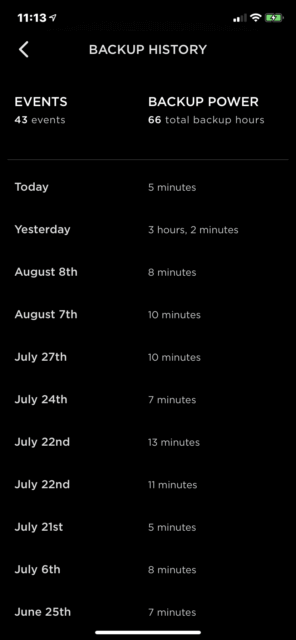
…and historical power flows.
The 42nd power outage
On August 9, 2020, we had a 3 hour outage. It turned out that a tree fell on the power line that snakes up the ten miles of road between our home in Marlboro and the feeder point in Brattleboro. The Powerwall worked perfectly, but when utility power was restored, the Tesla app showed that though Powerwall was still 80% charged, there was no power flowing between the electricity grid, Powerwall, and our home.
This had never happened before.
The green light on Powerwall was steady, so it was “enabled” and communicating with the Gateway.
First I tried turning off the Powerwall, using the switch on the side. The house power remained on, and the big green LED on the side slowly dimmed. I waited for ten minutes until the light was out and then turned the unit on. No improvement. Strike 1.
Second, I gingerly opened the Gateway box, something I’d never looked at before (or been told anything about by the installers.) There was a reset hole, but a flashlight showed me there was no button to reset. The Gateway box has a single breaker which I turned off. The app then came to life and showed that the Powerwall was powering the house, draining the battery. Encouraged, I turned the Gateway breaker back on. The house became powered by the grid again, but, the app display went back to showing no flows. Strike 2.
Fixing a Tesla Powerwall charging problem
Well, when all else fails, read the manual! I’d never received a Powerwall owner’s manual, but found it online and discovered these instructions in the Troubleshooting section:
If the Gateway and Powerwall are both unresponsive:
1. Turn off Powerwall by setting its switch to the OFF position.
2. Turn off the AC breakers for the system (Gateway and Powerwall).
3. Wait for at least one minute.
4. Turn the AC breakers back on.
5. Turn on Powerwall.
I was reluctant to do this since I knew it would turn off the house power completely and I’d have to run around and reset all the clocks. (A classic First World problem.) Anyway, sometimes manuals prove useful, because after I followed these instructions — hallelujah! my app showed flows, including the welcome sight that my Powerwall was being recharged by the utility company. Everything worked again!
I hope my experience fixing a Tesla Powerwall that isn’t charging is helpful to anyone else who experiences this problem.
Any other Powerwall tips and experiences to share? Add a comment below!

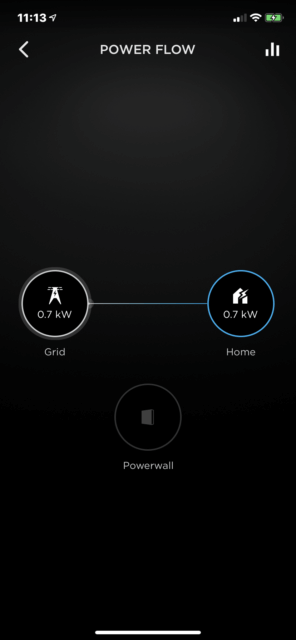
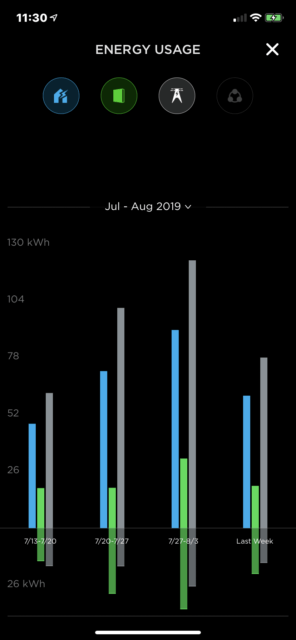
 Can a rehearsal be better than a concert? You be the judge!
Can a rehearsal be better than a concert? You be the judge!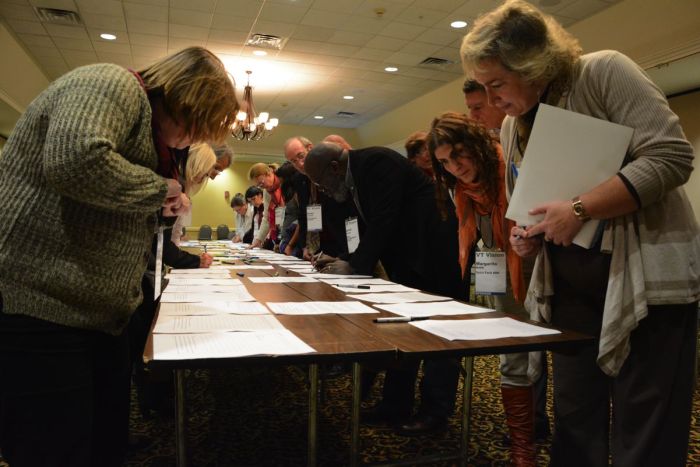
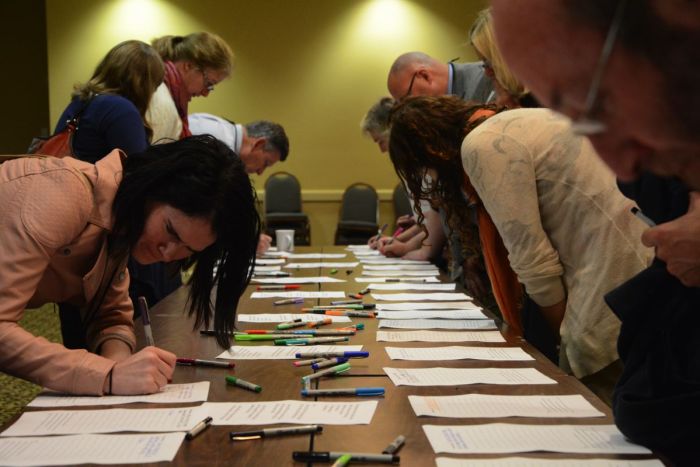
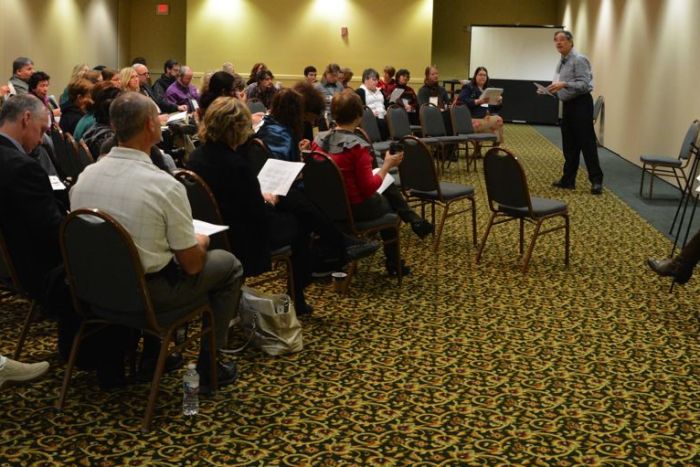
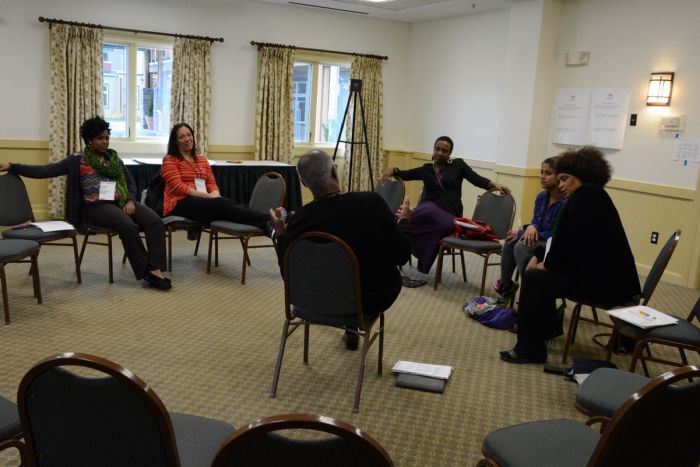
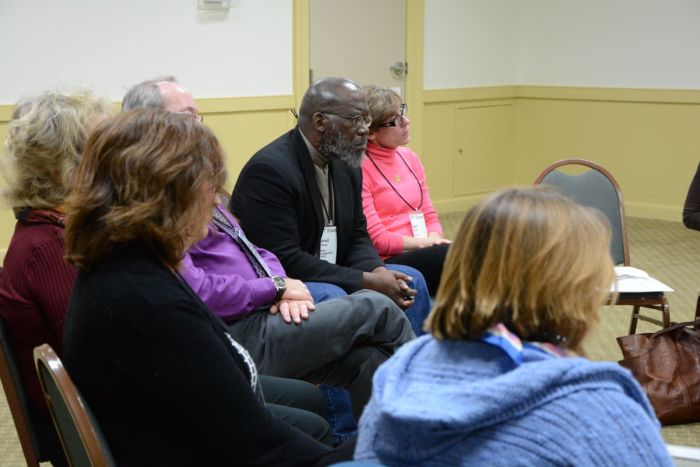

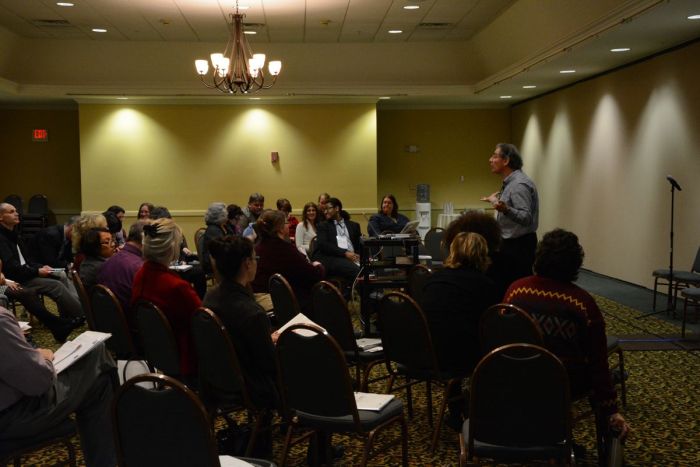
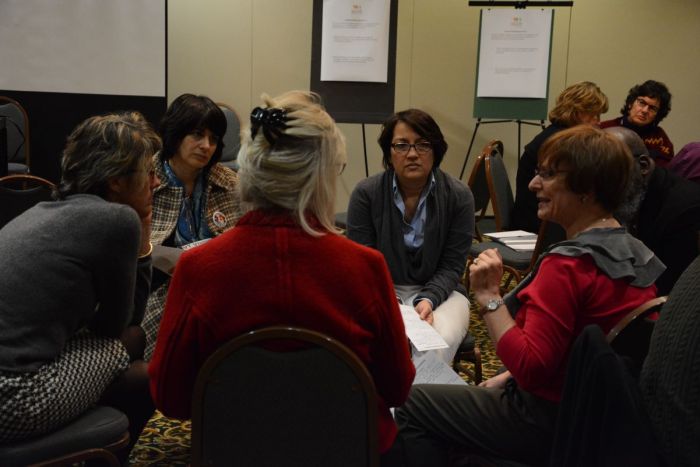
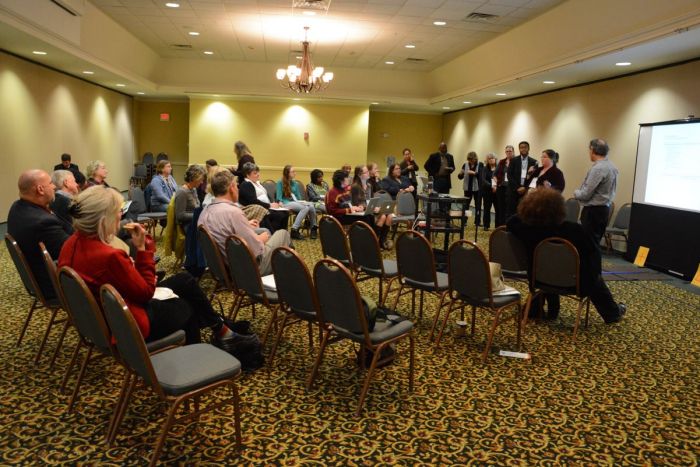
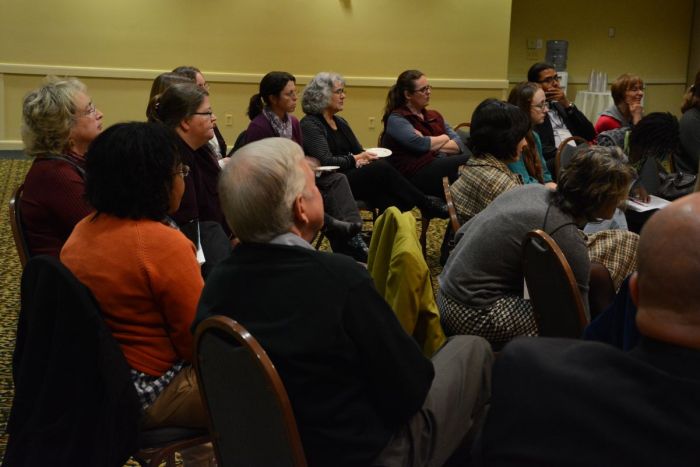
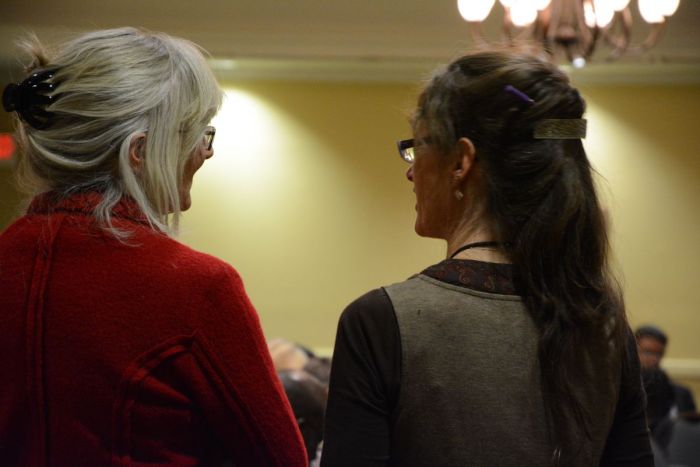
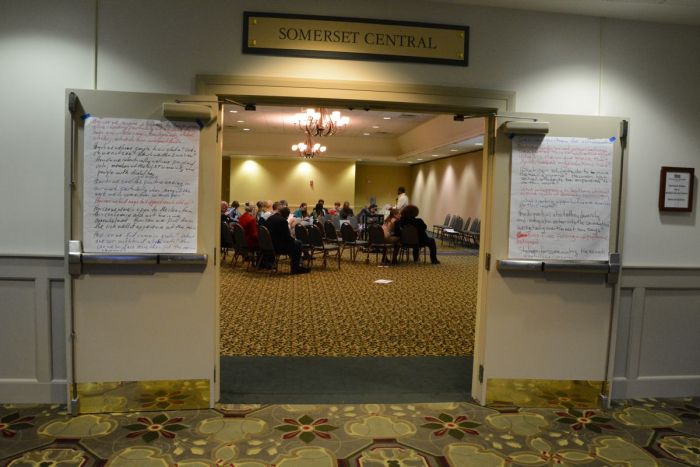
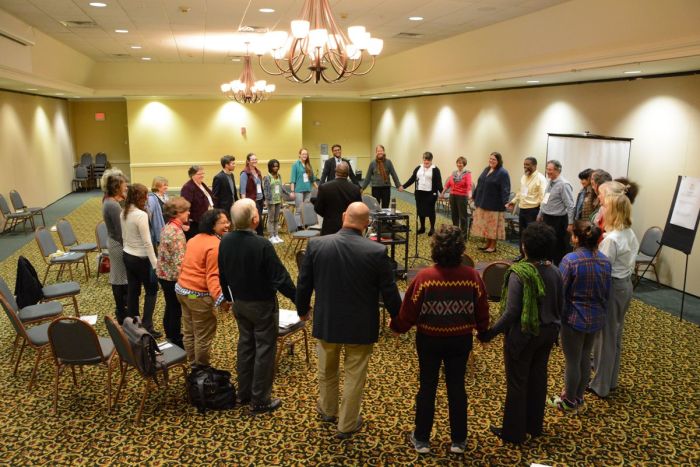
 Meeting participants deserve real choices.
Meeting participants deserve real choices.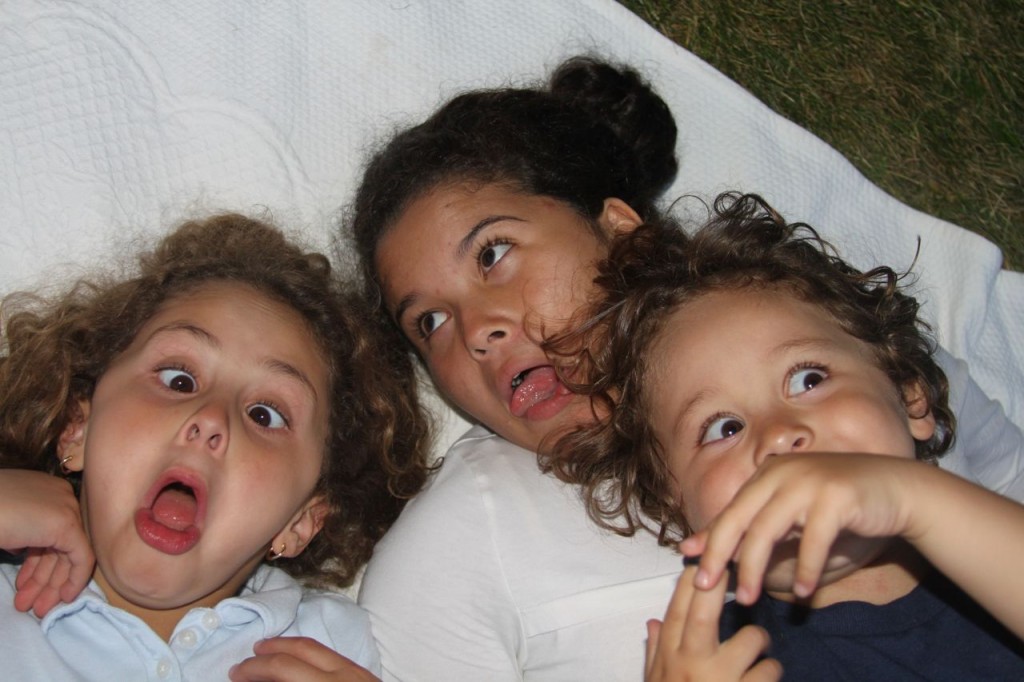
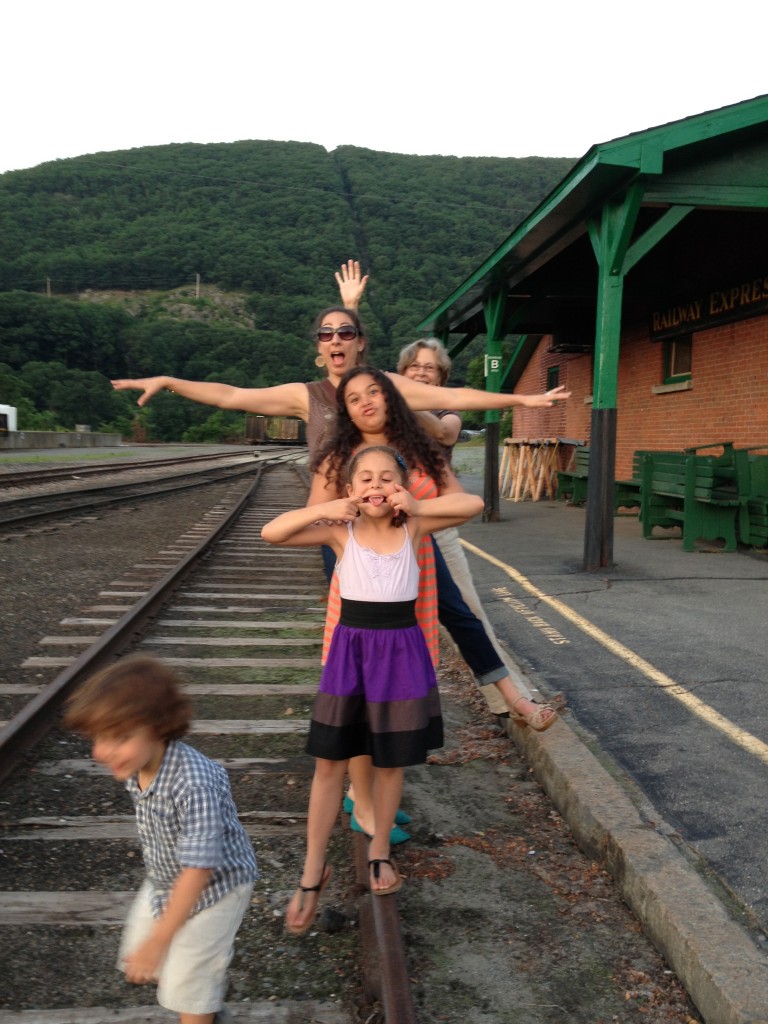
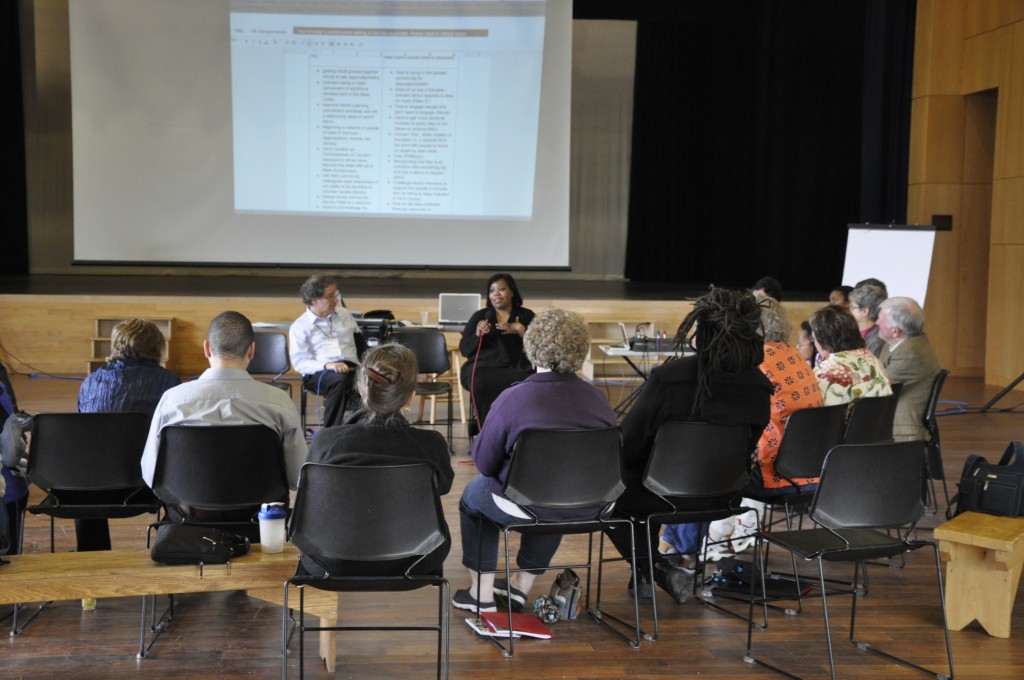 How do you inspire conference attendees to take action?
How do you inspire conference attendees to take action?
